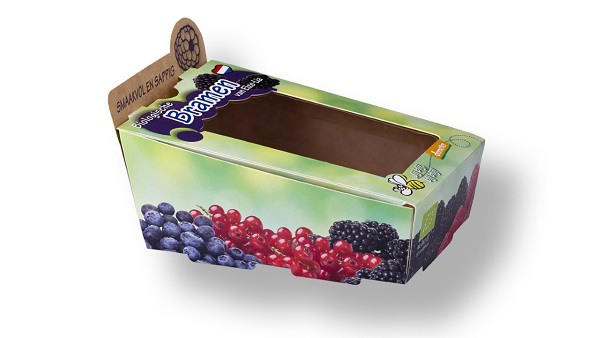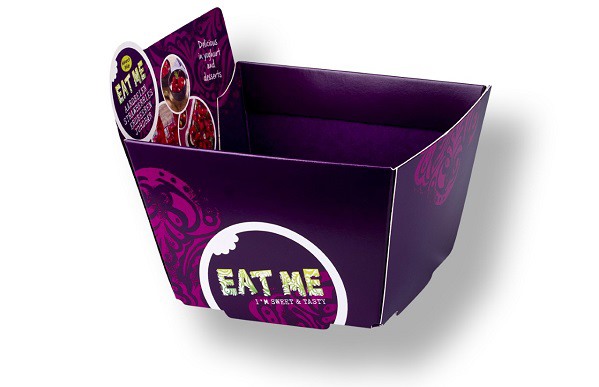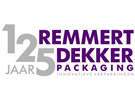"There are three crucial factors when it comes to packaging soft fruit - protection, product visibility, and sustainability," says Wouter Wigman, Marketing and Design Manager at Remmert Dekker Packaging. This Dutch company focuses on developing customized cardboard packaging. Its specialty is soft fruit packaging.

And, together with customers, Remmert Dekker has developed trays for various products. These include strawberries, currants, raspberries, blackberries, and kiwi berries. Soft edges and rounded corners are used in the containers' designs. That's to optimally protect these delicate fruits, Protrusions at the packagings' base absorb jolts caused by, for example, transportation. "These angled feet act as shock absorbers."
For the visibility aspect, a balance is sought between sufficient visibility and adequate protection. Clients often want mono-material packaging, so Remmert Dekker has also developed cardboard lids, says Wouter. These lids are either fixed to the packaging or not. They're perforated so people can see the fruit while it remains in the packaging. "These lids snap-on, like those on a tea caddy," he explains.
Innovative
Sustainability is, of course, vital in choosing cardboard packaging. "Less plastic is being used in fruit and vegetable packaging. And more and more cardboard is being used. Completely plastic-free packaging is the top trend." Wouter says there are continual developments around cardboard. For instance, the material has innovative properties that were previously only found in plastic.

He cites cardboard's barrier properties - or moisture resistance - as an example. The material doesn't, say, bulge or crack when it gets wet. Another advantage is that you can print on cardboard. "You can add your brand and logo to customized cardboard packaging. There's a great need for this. It identifies the fruit and its quality," concludes Wouter.
Wouter Wigman
w.wigman@remmertdekker.nl  Remmert Deker Packaging
Remmert Deker Packaging
Knollendammerstraat 159
1531 BD Wormer
+31 (0) 75 681 1633
www.remmertdekker.nl
